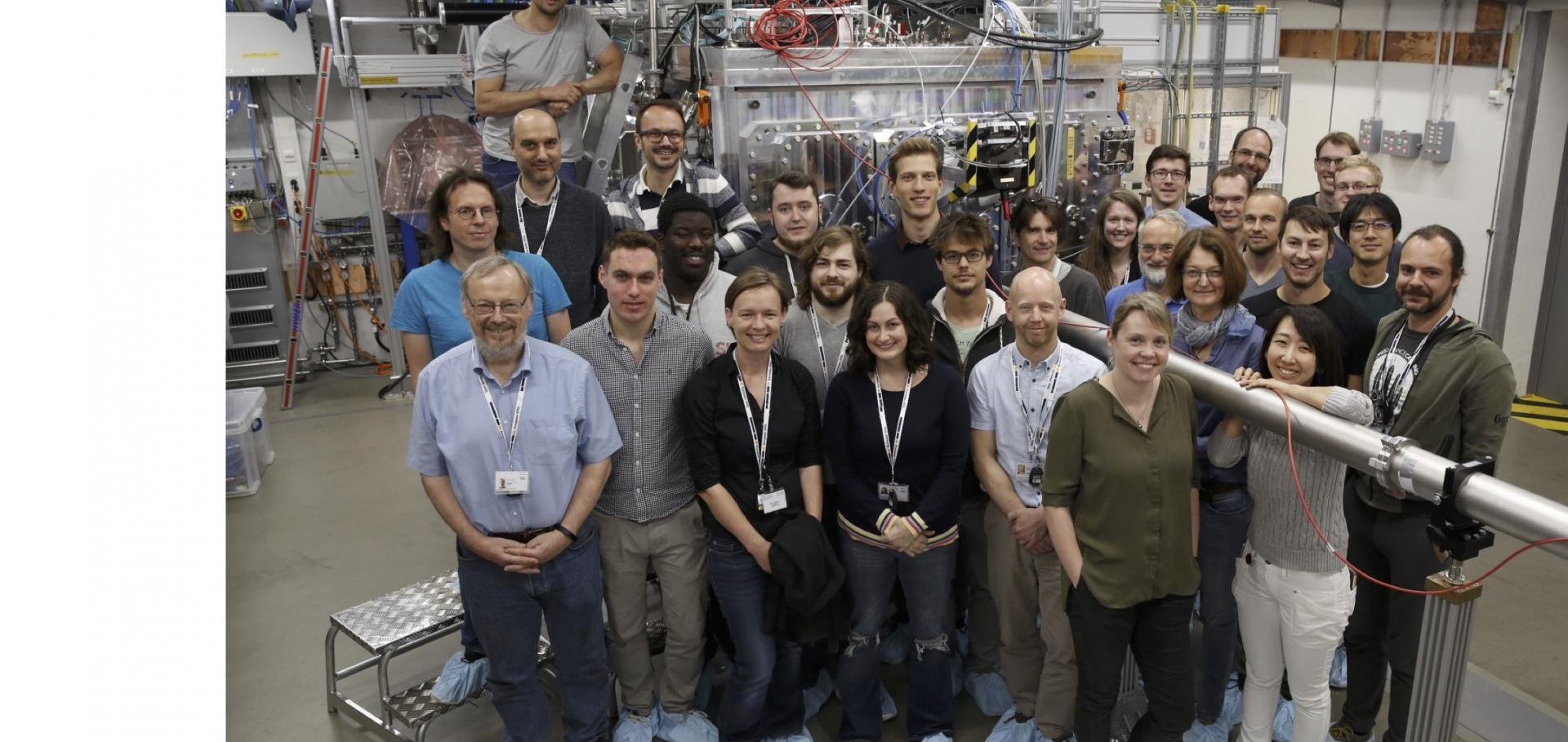Picosecond X-ray diffraction studies of shocked crystals
Optica Publishing Group (2001) wc1
Plasma-based studies on 4th generation light sources
Optica Publishing Group (2001) wb5
Simulation of the time-dependent dynamical diffraction of FEL X-ray pulses
P SOC PHOTO-OPT INS 4500 (2001) 101-112
Abstract:
The temporal coherence properties of the X-ray pulse from a Free Electron Laser (FEL) will be altered during the process of dynamical diffraction from a perfect crystal. We present simulations of this process based on time-dependent dynamical diffraction theory. In addition, we present simulations of the diffraction of chirped X-ray pulses, demonstrating methods of pulse recompression by use of strained crystals.Simulations of Al XIII-Fe XXIV X-ray laser photopumping scheme
JOURNAL OF QUANTITATIVE SPECTROSCOPY & RADIATIVE TRANSFER 71:2-6 (2001) 129-138
Statistical mechanics
Oxford University Press, USA, 2001


